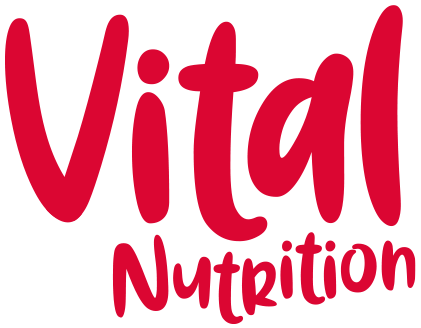Fuel your workouts
It’s that time of year when you see more people out running and cycling. Spring is in the air, the Belfast marathon is coming up and the cyclists are hitting the roads to get the miles up for spring and summer events.
Last week I was talking to a group of leisure cyclists at Cycling Ulster about the best way to fuel yourself when you are on your bike.
No matter whether you are a Sunday runner, training for an event, or a regular gym user, the food you choose to eat can make a real difference to your training.
Fuel your body in the right way and you will be able to train faster, run further and get the most out of your exercise.
Of course, we are all different, with unique needs, but get the basics right and you will feel super powered and recover faster.
Eat enough.
I know this sounds simple, but often when people do a lot of exercise, often they can end up in a calorie deficit. If you don’t refuel your body properly, your performance will suffer. Training in a fasted state can affect your energy and impair performance, so make sure you are eating enough to energise your body and fuel your muscles. This is important if you are exercising for weight loss too. If you throw your body into a calorie deficit and are working really hard on your exercise, your body can end up in a fight-or-flight state. This increases cortisol and messes with blood sugar balance and metabolism, so rather than cutting calories right back, think about making healthier choices to properly fuel and nourish your body.
Don’t skip the carbs.
Carbohydrates are a source of glucose and that is what keeps your energy stores (known as glycogen) topped up. Mostly choose slow release, low GI carbs like brown rice, wholemeal pasta, sweet potato and other wholegrains, and use the high GI foods for a little rocket fuel boost when you need them. The best time to use high GI foods like bananas, jelly babies, gels or sports drinks is when you are doing longer and harder exercise – on your bike for more than a couple of hours for example and after your workout. This helps to replenish the glycogen levels and means you can train just as well the next time you are out.
Get some protein on your plate.
Protein bars and shakes are all the rage these days, but always think food first. Protein is so important for you to help build muscle, sustain your energy and give you ‘go faster stripes’, no matter what your sport is. How much protein you need will vary from person to person, depending on what sport you do, your age, gender and so much more, but as a general rule, aim to get a palm-sized portion onto your plate. That might be chicken and lentils in soups; feta, houmous and falafels with salad, or a steak with veg and potatoes. Variety is key and you can easily top your protein up by adding nuts, seeds, yoghurt, cottage cheese and other protein accompaniments to your plate.
Keep your body well oiled with essential fats.
Omega 3 in particular is an important anti-inflammatory and may help to reduce risk of injury. Aim to eat oily fish 2-3 x week, or take a fish oil supplement. If you are vegetarian, then look out for omega 3 supplements from algae as these are much easier absorbed contain DHA (and sometimes EPA), which is much easier absorbed than other omega 3 fats.
After your workout, it is important to refuel your body.
There is a 30 minute window of opportunity to replenish your glycogen levels, so top up with some carbs – fruit is perfect if you are doing exercise of around an hour, but add some protein in there too to help muscle repair. A protein shake, some yoghurt or a handful of nuts will do the trick. Get rehydrated and enjoy that afterglow feeling of a good workout.

